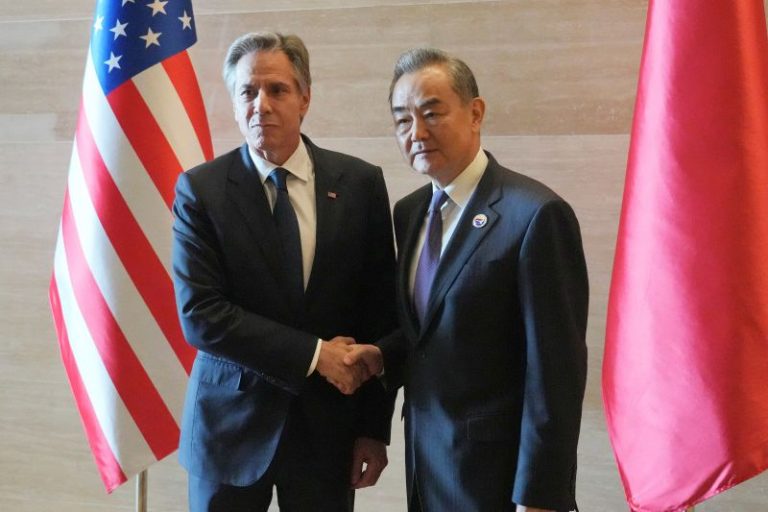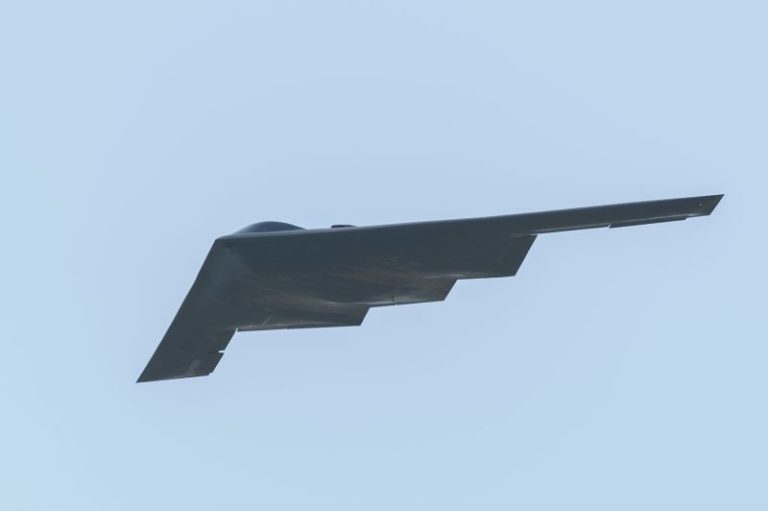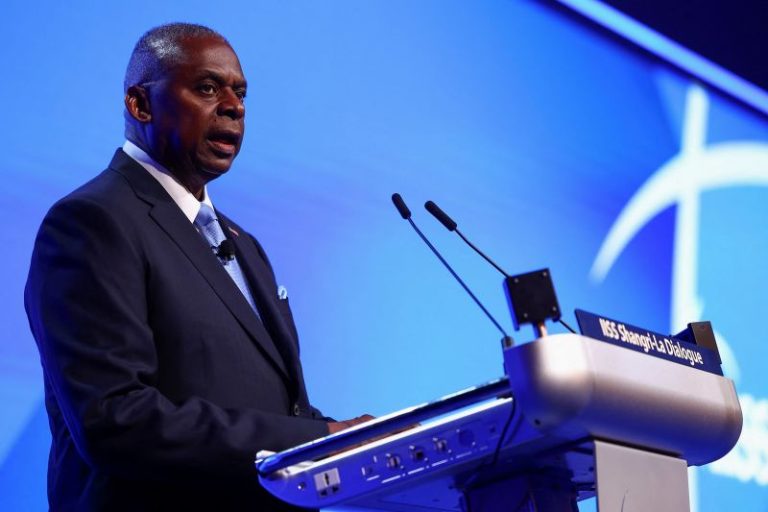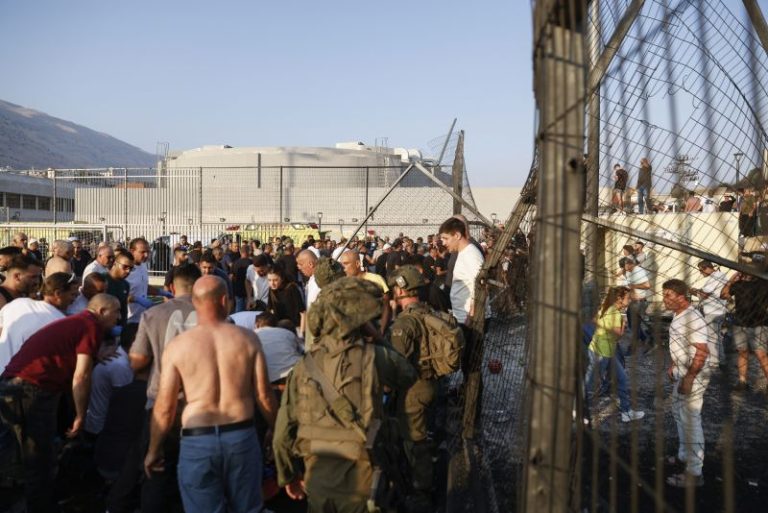Vice President Harris has stated that President Biden is completely fit to finish his term and serve another, despite his debate and interview performances, after having had more than 80 publicly documented encounters over the past year, a Fox News Digital investigation found.
From July 18, 2023, to July 17, 2024, Harris, who is now the presumptive Democrat presidential candidate now that Biden has dropped out, shared at least 25 meetings, eight lunches and 46 events with the president, and they spent two times traveling together. That makes Harris one of the people most capable of speaking to the president’s mental acuity.
Those dozens of meetings are also only the ones listed on public schedules. Not everything the president or vice president does is listed on these, such as time spent in the Situation Room, where Biden and Harris attend briefings together. They likely would have done so after the Oct. 7, 2023, terrorist attacks on Israel, for example.
After Biden’s stumbling and stalled debate performance against former President Trump in Atlanta this past June, Harris sat down with CNN’s Anderson Cooper to try to hold the line for the commander in chief.
‘Yes, there was a slow start, but it was a strong finish. And what became very clear through the course of the night is that Joe Biden is fighting on behalf of the American people on substance, on policy, on performance. Joe Biden is extraordinarily strong,’ Harris said last month. ‘I’m not going to spend all night with you talking about the last 90 minutes when I’ve been watching the last 3.5 years of performance.’
Harris earlier this year decried Special Counsel Robert Hur’s report that described Biden as a ‘well-meaning, elderly man with a poor memory’ as nothing but ‘gratuitous, inaccurate and inappropriate’ criticism. But the June 27 debate publicly put Biden’s mental fitness on display, sending vulnerable Democrats in Congress and the donor class into a tailspin over the viability of the aging president’s candidacy.
Biden, who had been self-isolating with a reported case of COVID-19, announced on July 21 via a letter posted on X that he would no longer seek a second term and endorsed Harris as the presidential nominee.
Harris, however, spent months before the debate defending Biden’s mental competency after a series of gaffes and public trips and falls.
In November, Harris was confronted at the New York Times Dealbook Summit about how former House Speaker Kevin McCarthy said Biden was confused and needed cue cards during debt negotiations.
‘I would say that age is more than a chronological fact. I spend a whole lot of time with our president, be it in the Oval Office or the Situation Room and in other places. And I can tell you, as I just mentioned, not only is he absolutely authoritative in rooms around the globe but in the Oval Office, meeting with members of Congress, meeting with leaders in industry, meeting with community leaders,’ Harris responded.
‘Only one person sits behind the Resolute Desk,’ she added. ‘I’m not lying … I’m telling … but I’m telling you a fact.’
The Justice Department report by Hur released in February found Biden ‘willfully’ retained and disclosed classified information to a ghostwriter but did not recommend criminal charges. Hur said Biden displayed ‘limited faculties’ and described his memory as ‘significantly limited’ during interviews with the special counsel’s office, noting the president could not remember ‘even within several years’ when his son, Beau, died.
At an event on the White House grounds dedicated to discussing gun violence, Harris insisted that ‘the way that the president’s demeanor in that report was characterized could not be more wrong on the facts and clearly politically motivated, gratuitous,’ adding that ‘when it comes to the role and responsibility of a prosecutor in a situation like that, we should expect that there would be a higher level of integrity than what we saw.’
It was then that Harris described the ‘countless hours’ she spent with Biden and the secretaries of defense and state and the leaders of the intelligence community after the Oct. 7 attack on Israel by Hamas terrorists.
‘The president was in front of and on top of it all,’ Harris told reporters in February, ‘asking questions and requiring that America’s military and intelligence community and diplomatic community would figure out to know how many people were dead, how many are Americans, how many hostages, is the situation stable?’
‘He was in front of it all, coordinating and directing leaders who are in charge of America’s national security, not to mention our allies around the globe for days and up until now months,’ she said.
Fox News’ Callie Cassick and Kevin Ferris contributed to this report.










